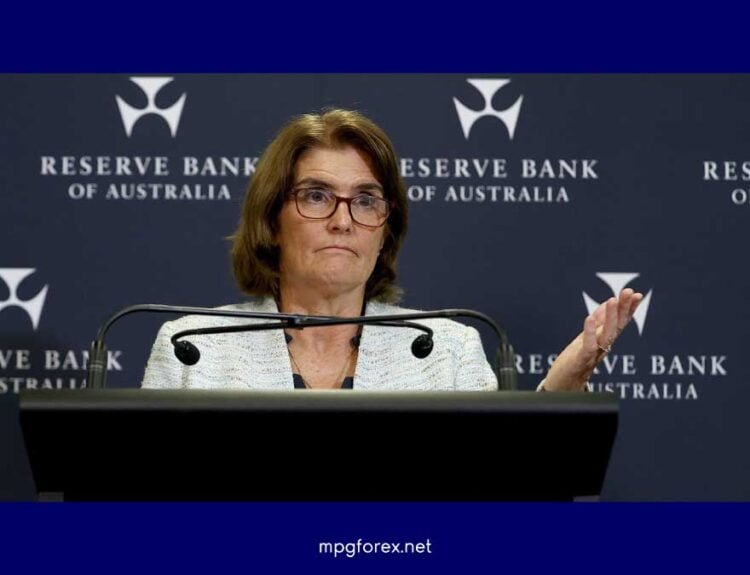Australia’s Electricity in Q1 2024 Is Provided by Renewables to a Third
In 2024, during Australia’s peak summer demand time, over one-third of the country’s electricity came from renewable sources. This is a record share for solar and wind farms during the first quarter of the year.
According to data from energy think tank Ember, solar farms produced 13.11 terawatt hours (TWh) of power in the first quarter of 2024, an increase of 13.5% over the same period in 2023.
Wind energy produced 7.53 TWh of electricity during the quarter, 6.5% more than it did in the same period last year. This brought the overall production from renewable sources to 20.64 TWh, the greatest amount ever produced in a first quarter.
The last quarter of 2023 saw the highest quarterly totals for solar and wind power, indicating that Australia’s development of utility-scale clean energy generation capacity is significantly influencing the nation’s generation mix.
Fossil Fuelled
Up until the end of 2020, Australia relied on fossil fuels to generate 75% of its electricity, while renewable energy sources accounted for less than 20% of utility-generated electricity supplies.
Approximately 55% of the electricity generated so far this year has come from coal, which continues to be the main source of electricity in the nation.
However, because of strong cultural and policy support for lowering the use of fossil fuels for electricity generation, coal’s proportion of the generation mix has dramatically decreased from more than 70% in 2020.
Consequently, there has been a swift increase in the capacity of renewable energy generation, both in households and small companies behind the meter and at the utility level.
According to the Australian Clean Energy Council, the number of rooftop solar installations in Australia has increased dramatically in recent years. An estimated 3 million houses have installed solar power, contributing around 11.2% of the nation’s electricity production in 2023.
The International Energy Agency estimated that 2.9 GW of rooftop capacity had been added in 2023. However, due to grid connection delays and dwindling incentives for new customers, the rate of new additions has slowed, and it is predicted that this will drop to 2.5 GW in 2024 and 2 GW in 2025.
Australian solar electricity generation increased by almost 90% at the utility level between 2020 and 2023, whereas wind power output increased by about 40% during the same period.
These growth rates show a considerable swing in the power sources within utility production systems when compared to a 12% reduction in coal-fired generation and a 23% drop in gas-fired output over the same time.
Large swings in generation capacity have also changed Australia’s power production landscape.
Between 2018 and 2022, renewable generation capacity jumped from less than 20 gigawatts (GW) to more than 40 GW, or by 128%, Ember data shows.
In contrast, fossil fuel generation capacity expanded by only 5.6%, from 51 GW to 53.8 GW.
This has resulted in the share of clean power capacity within Australia’s utility generation system growing from 34% in 2018 to 48% by 2023, and likely around 50% by the end of 2023 once official capacity data for last year is released.
Growth Path
Analysts project continued rapid growth in renewable power capacity in Australia over the coming decades, which should mean that clean sources supply a majority of the country’s utility-generated electricity by the end of this decade.
Solar power looks set to remain a major driver of clean electricity growth, with utility-scale generation capacity set to climb from around 22 GW by the end of this year to 80 GW or more by 2029, according to the Australian Energy Market Operator (AEMO.)
But that surge in solar capacity looks set to be dwarfed by potential expansion in stored energy capacity over the same period. Stored energy sites include batteries and pumped hydroelectric dams and can store renewable energy during peak output periods and dispatch it later to consumers during demand peaks.
Total utility stored energy capacity could grow from 1.6 GW in 2024 to just over 22 GW by 2030, AEMO data shows. Utility-scale wind power capacity is also set to grow sharply.
If all these projected expansions unfold as planned, Australia’s electricity generation mix will become overwhelmingly powered by clean energy sources.
In turn, that could result in the country transforming from a relative clean power laggard at the start of the current decade, into a potential clean energy leader by the 2030’s.
China’s EV Strategy: Paying Large Dividends in Asia by Being Cheap and Small
Can Chinese PMIs maintain the prospects for economic recovery?
US High Commissioner Meets Xi in Beijing Amid turbulence in relations
India’s farmers are furious once more. Will It Affect Modi’s Campaign for Reelection?
“The US economy is strong,” remarks Yellen. “All Options Are Open Regarding China’s Overcapacity”










